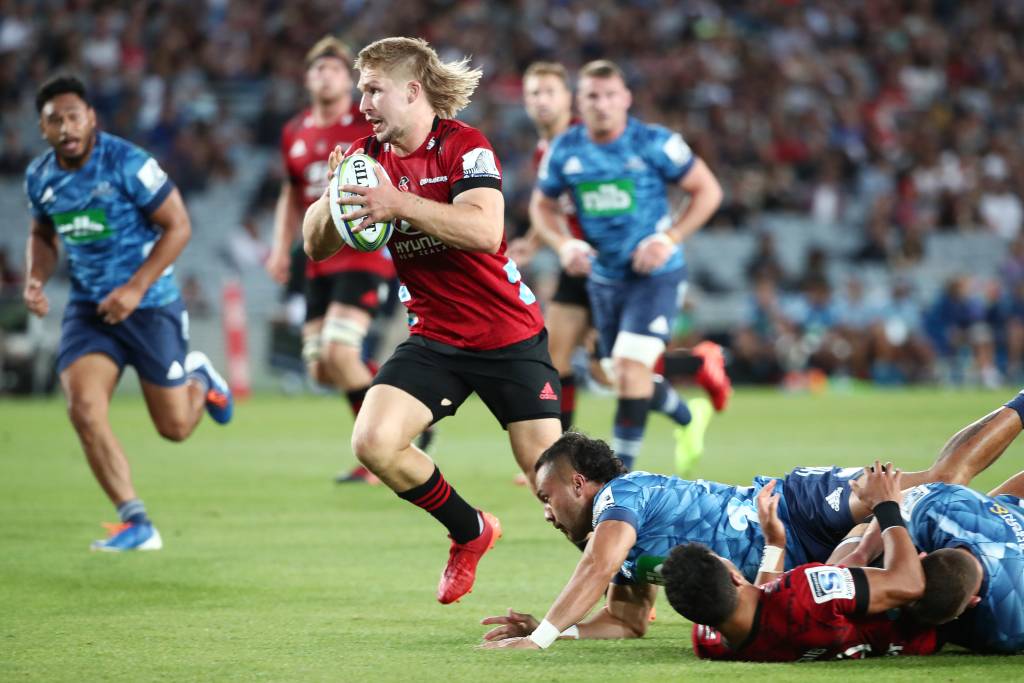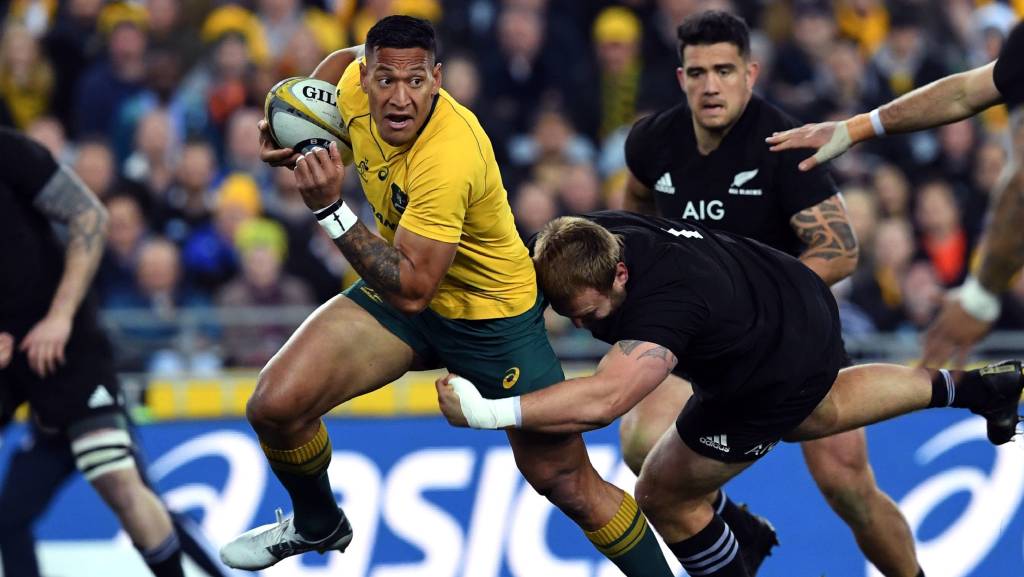Você já ouviu falar em rugby? Explicamos como esse esporte funciona. Este esporte teve origem na Inglaterra no século 19. Este esporte foi ganhando uma popularidade que o esporte não esperava, que foi alcançando ao longo dos anos, o que exigiu uma criação muito regular chamada Rugby Football Union, em seu país de origem.
Este esporte esteve nos Jogos Olímpicos nos anos de 1900, 1908, 1920 e 1924. Desta forma o esporte ganhou sua própria competição, chamada de Rugby Union World Cup, que é disputada e realizada a cada 4 anos. Sendo o terceiro evento mais assistido no mundo hoje, atrás da Copa do Mundo e dos próprios Jogos Olímpicos.
Tempo de jogo
O rugby é um esporte que pode ser praticado por pessoas de ambos os sexos, divididas em duas equipes. Sendo uma modalidade que causa contato físico intenso, é necessário o uso de equipamentos de proteção, para que você não se machuque, pois ao usar botas, ombreiras, bocal, touca, você terá mais proteção.
Na sua variante principal, as equipas contam com 15 titulares e 7 suplentes, e o jogo decorre tanto em espaços abertos como fechados. O objetivo é somar pontos, que podem ser obtidos de diferentes formas, todas semelhantes ao futebol americano.
Como fazer pontos
Try: Isso vale cinco pontos e ocorre quando o jogador cruza a linha de base do adversário e aterrissa a bola no chão.
Conversão: Após a realização de um try, a equipe terá direito a uma conversão, ou seja, um chute a gol. Vale dois pontos.
Pena: Tem o valor de três pontos, e ocorre quando o juiz determina uma pena após faltas graves. Dá o direito de chutar a gol.
Drop Goal: E por fim, o Drop Goal também vale três pontos, e ocorre quando o jogador chuta a bola e ela passa por cima da trave e entre as traves da equipe adversária. A bola deve estar no chão antes do chute.

Regras e Posições do Rugby
Como dissemos inicialmente, as equipes são compostas por 15 jogadores: os numerados de 1 a 8 são chamados de atacantes, enquanto os numerados de 9 a 15 são chamados de linhas. As posições de campo são as seguintes:
Vamos começar falando sobre o Suporte Esquerdo (Loosehead Prop), Heeler (Hooker), Suporte Direito (Tighthead Prop), Segunda Fila (Segunda Fila), Segunda Fila (Segunda Fila), Asa Cega (Flanker Blindside), Asa Aberta (Flanker Openside ), Oitavo (Número 8), Scrum-half (Scrum-half), Fly-half, Ala Esquerdo (Extremo Esquerdo), Primeiro Centro (Centro Interno), Segundo Centro (Centro Externo), Ala Direita (Ala Direita) e o Defensor (lateral).

- As partidas duram 80 minutos, divididas em dois tempos regulares de 40 minutos. Em partidas eliminatórias, se a partida terminar empatada, as equipes vão para a prorrogação.
- O árbitro é composto por três árbitros em campo, um principal e dois laterais.
- Também pode haver um quarto árbitro e até mesmo um videoárbitro, a bola deve ser passada com as mãos, e apenas para trás ou para os lados. Carregar a bola para a frente só é permitido com os pés.
- Um jogador pode jogar o adversário no chão para tentar roubar a bola.
- A formação embaralhada é quando os atacantes das duas equipes fazem formações, uma contando a outra. Geralmente é usado em penalidades.
- Além do scrum, os pênaltis podem ser marcados com afastamento (chute para frente), corrida (correr com a bola) e gol de pênalti (chute entre as traves).
- Os jogadores podem ser punidos com um cartão amarelo, que os expulsa do campo por dez minutos, ou com um cartão vermelho, que os expulsa da partida.El que anota más puntos gana los partidos.
